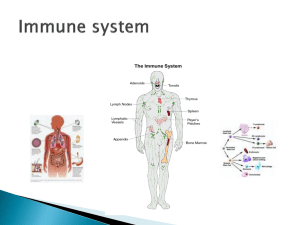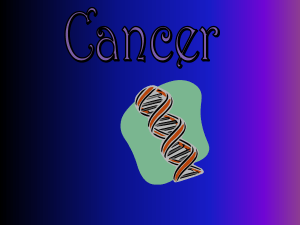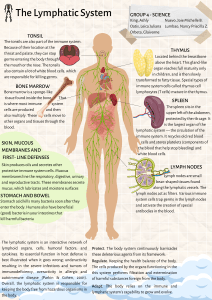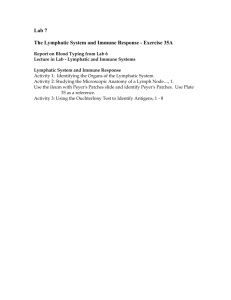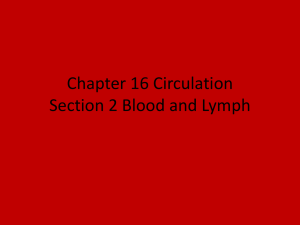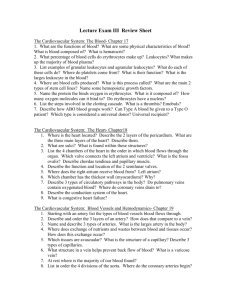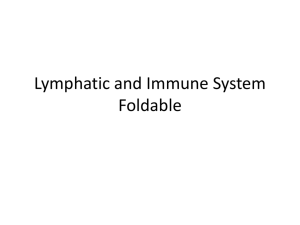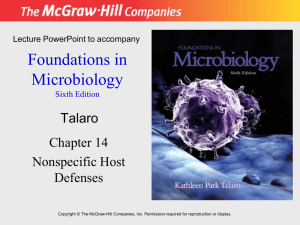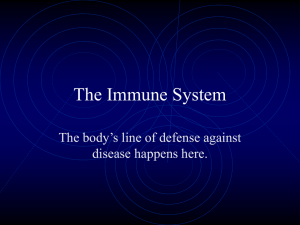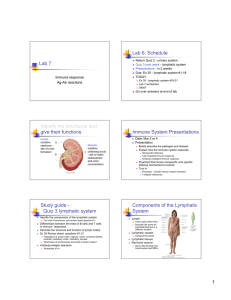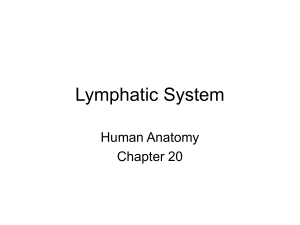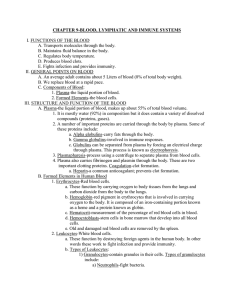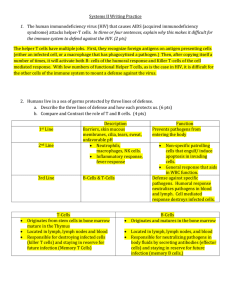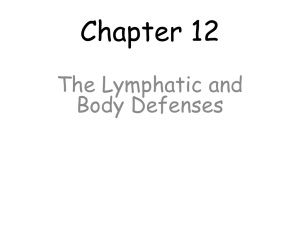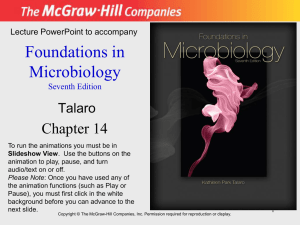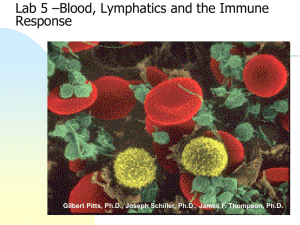Circulatory System and Other Systems that work together
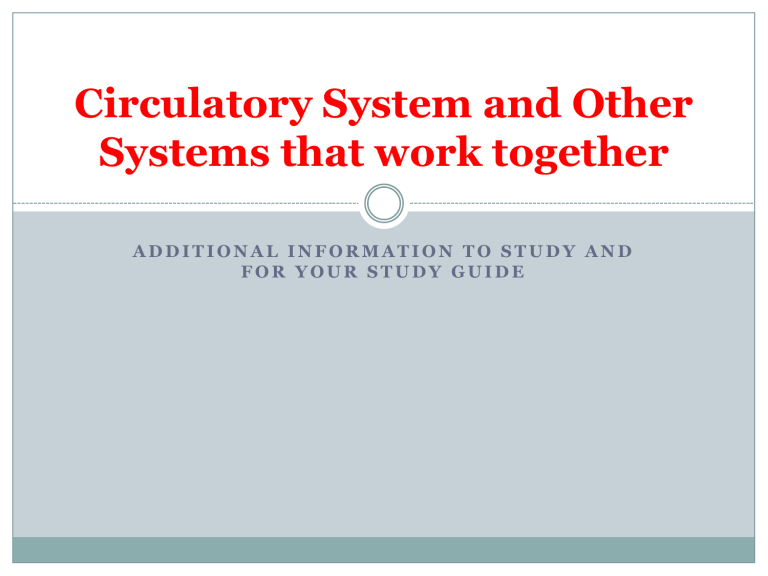
Circulatory System and Other
Systems that work together
A D D I T I O N A L I N F O R M A T I O N T O S T U D Y A N D
F O R Y O U R S T U D Y G U I D E
ATHEROSCLEROSIS
Fatty deposits called plaque
Builds up in walls of arteries
Obstructs flow
HYPERTENSION
High blood pressure
Hearts works harder than necessary
Increases risk of heart attack or stroke
HEART ATTACK
Atherosclerosis in coronary artery
Heart muscle begins to die
Symptoms
Nausea
Shortness of breath
Severe chest pain
IMMEDIATE MEDICAL ATTENTION NECESSARY
STROKE
Blood clot gets stuck in blood vessels leading to brain
Brain cells die due to lack of oxygen
Or blood vessel burst
Can lead to paralysis,
loss of ability to speak death
Blood Types
Four Types
A
B
AB
O
Inherited from your parents
Blood Types
What happens when you mix blood types?
If you mix one type with the wrong one, you get CLUMPING
Type O is the universal donor
Type AB is the universal acceptor
Rh Factor
Rhesus factor (Rh), also inherited
Rh + (have antigen on RBC)
Rh (NO antigen)
What Makes Our Blood Type?
Blood Transfusions
Blood Type of Donor
Blood Type of Recipient
A B AB O
A
B
AB
O
Unsuccessful transfusion
Successful transfusion
Lymphatic System
The lymphatic system is known as your body’s drainage system.
The lymphatic system is a network of vein-like vessels that returns the fluid to the blood stream
The fluid is called lymph.
Lymph consists of water, dissolved substances (glucose), and WBC.
Lymph is fluid that moves through the walls of the capillaries into surrounding tissues. It will again rejoin the cardiovascular system.
The fluid of the lymphatic system travels through knobs of tissue called lymph nodes. When you are sick, your lymph nodes will enlarge because your body is fighting infection (traps bacteria, etc. by filtering lymph).
Immune System
Pathogen – organisms that cause disease
An infectious disease is a – disease caused by the presence of a living thing within the body
Types of pathogens that cause illness:
Bacteria
Viruses
Fungi
Protists
Lines of Defense
First line of defense:
Barriers: skin, breathing passages, mouth and stomach
Second line of defense:
Inflammatory response: WBC, inflammation, fever
Third line of defense:
Immune response: T cells and B cells
Immune Response
T cells – identify pathogens and distinguish what type they are
Antigens – molecules the immune system recognizes as part of your body or as foreign
Immune Response
•
B cells – produce proteins that destroy pathogens
The proteins are called antibodies
HIV
Attacks the human immune system directly and destroys T cells


